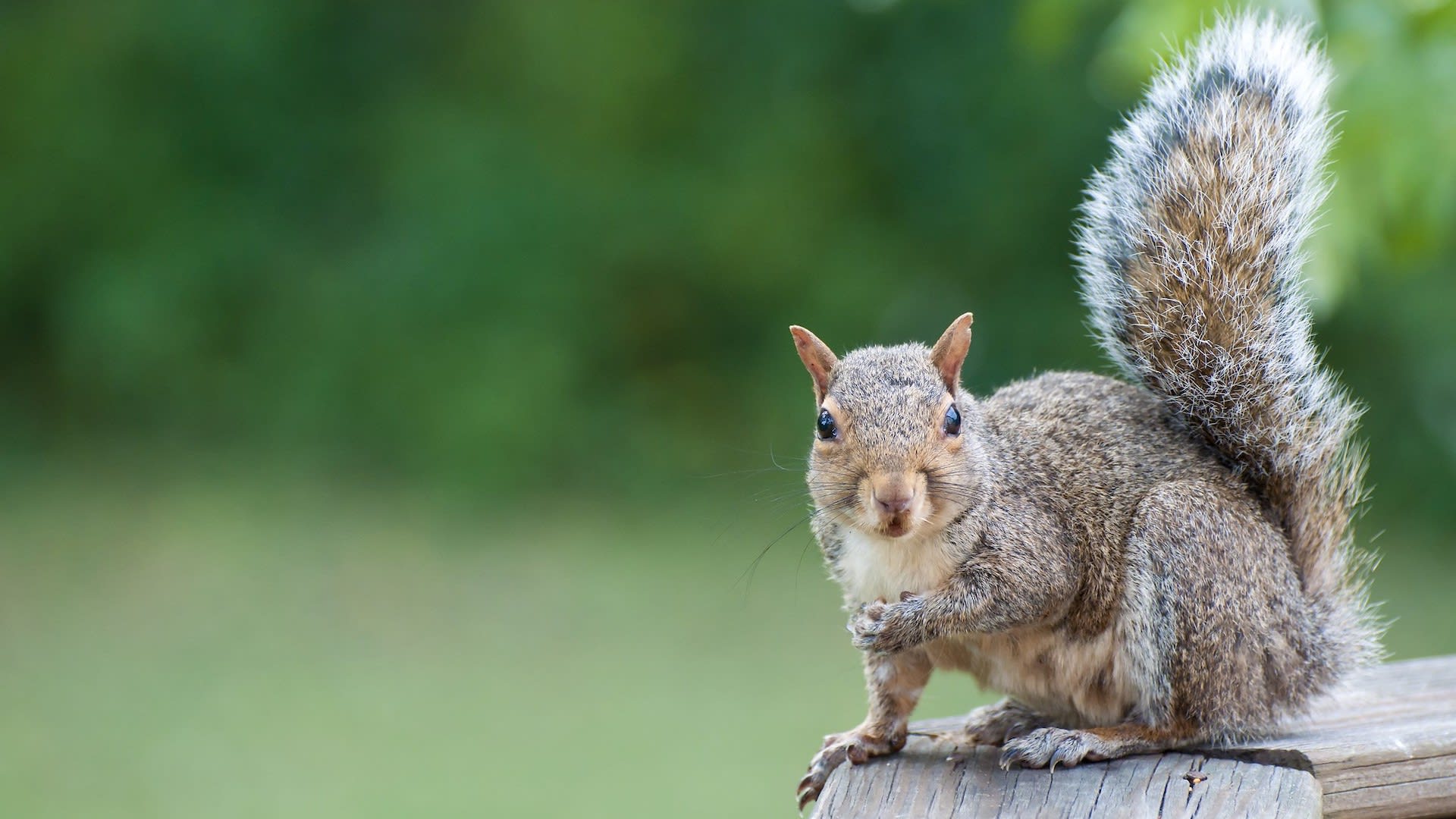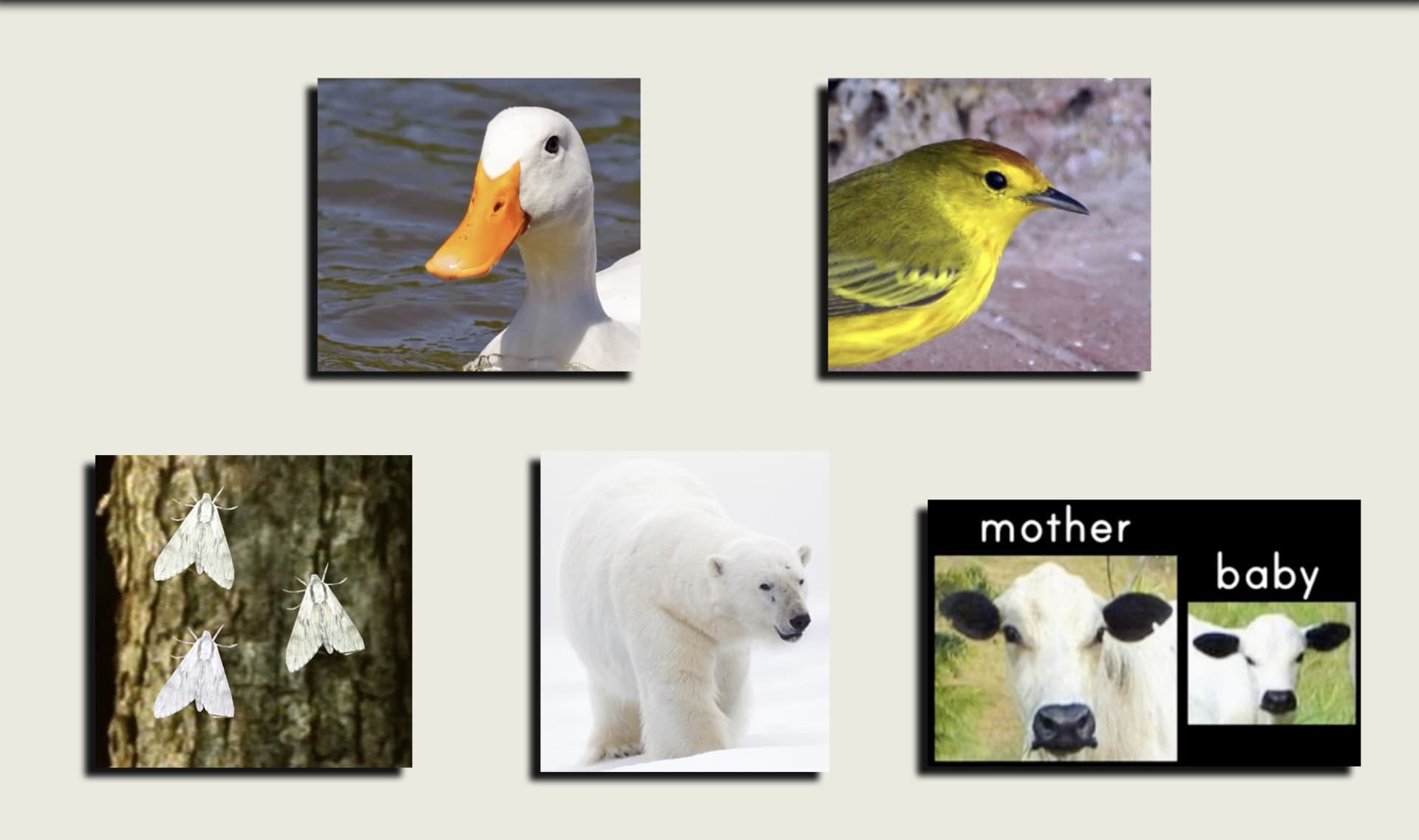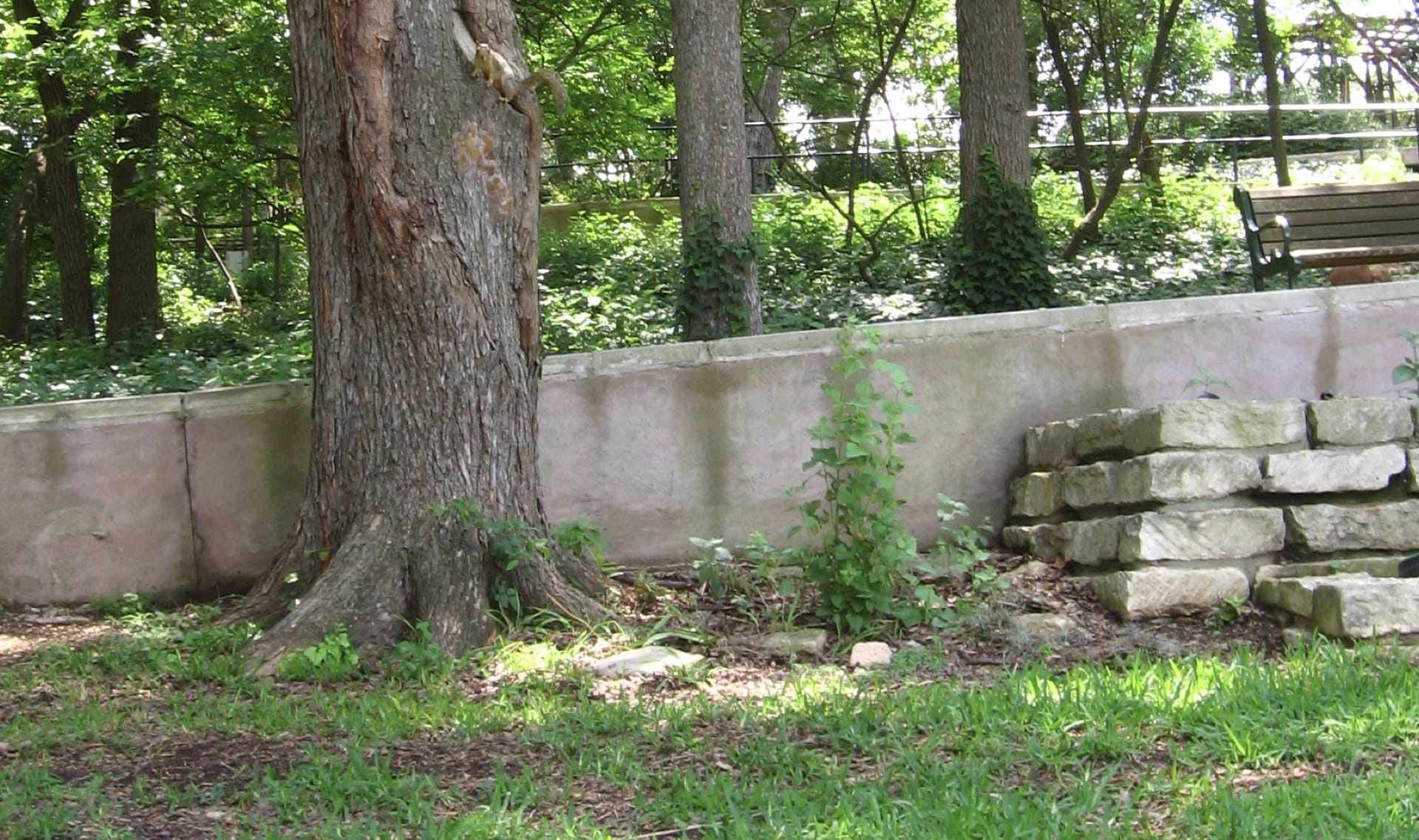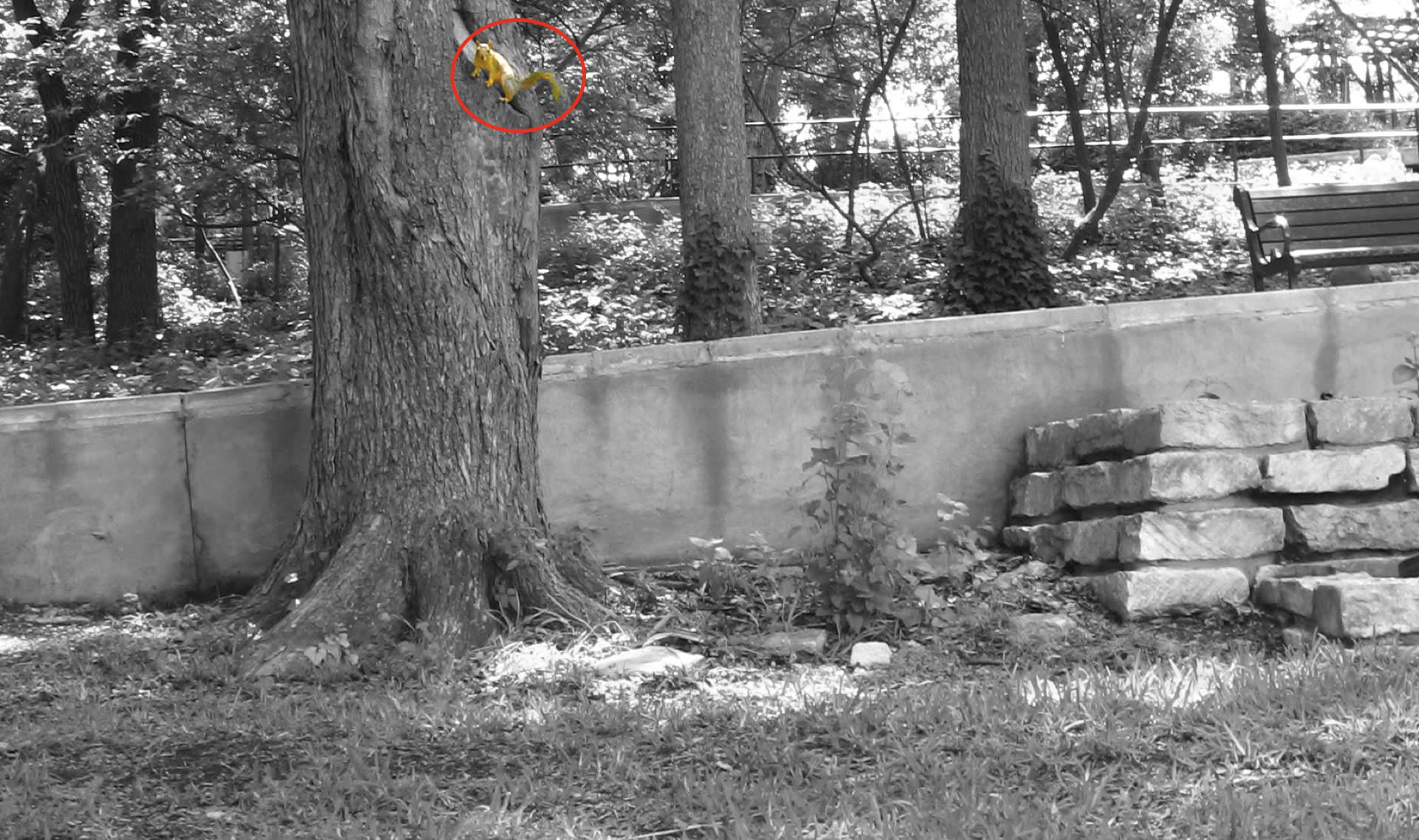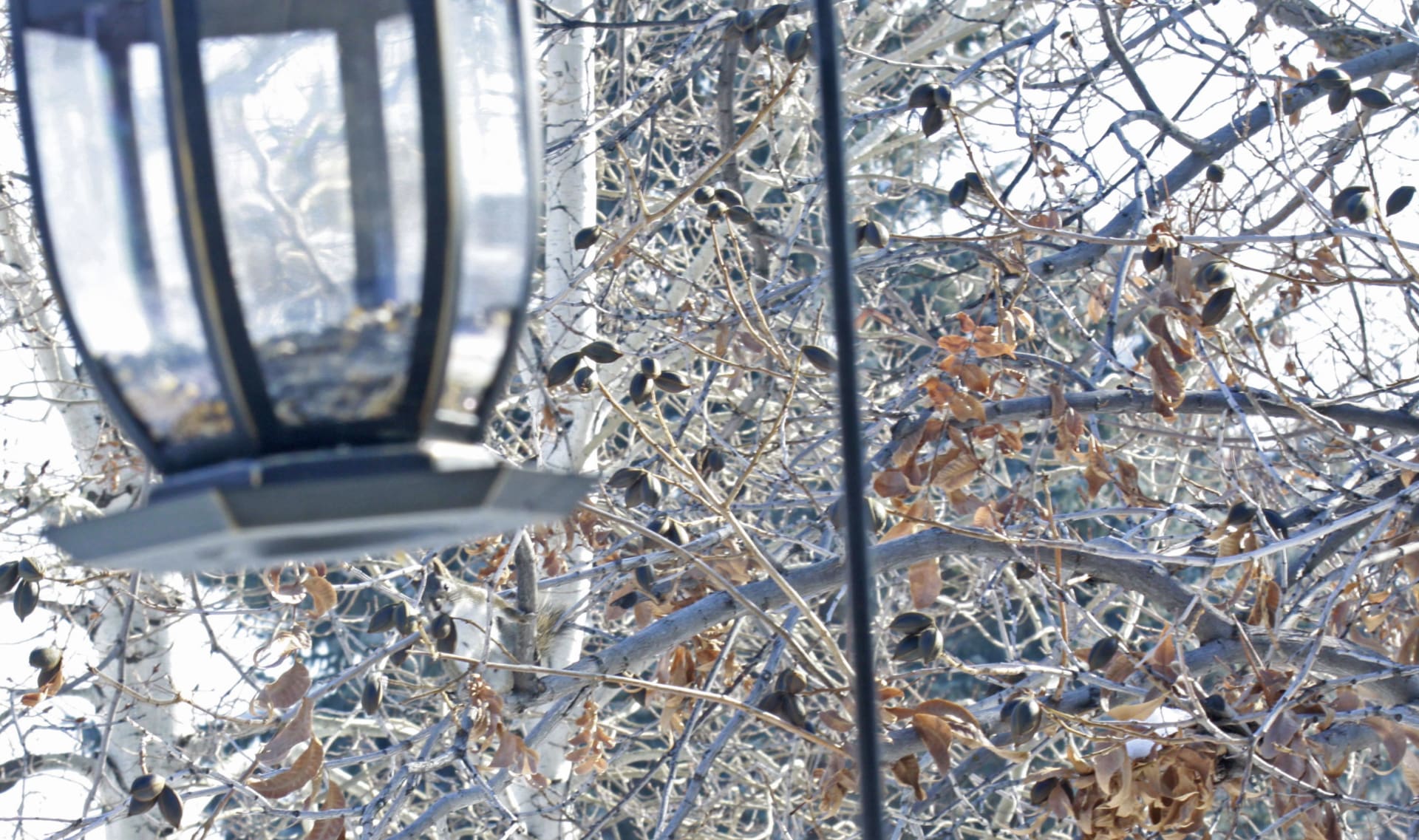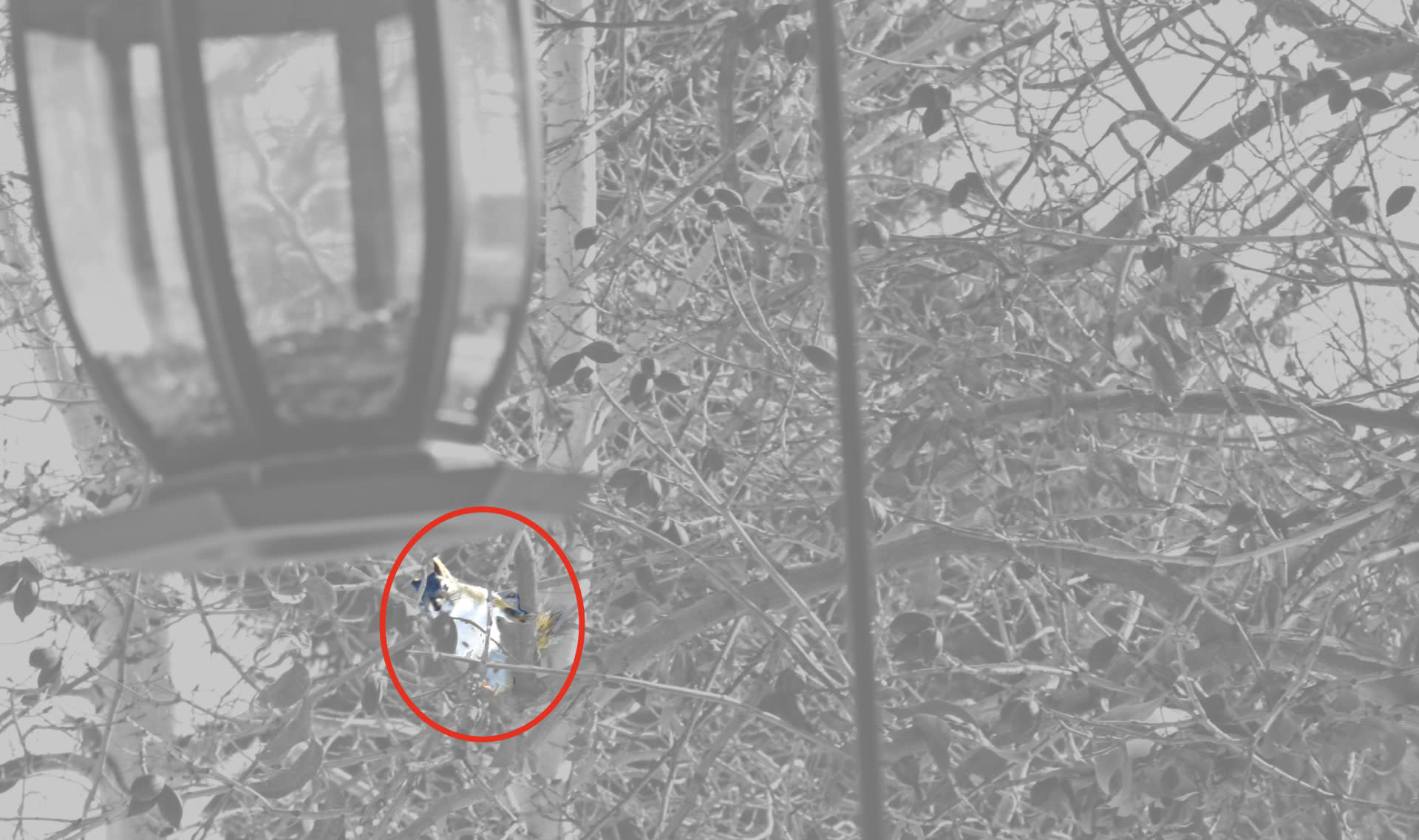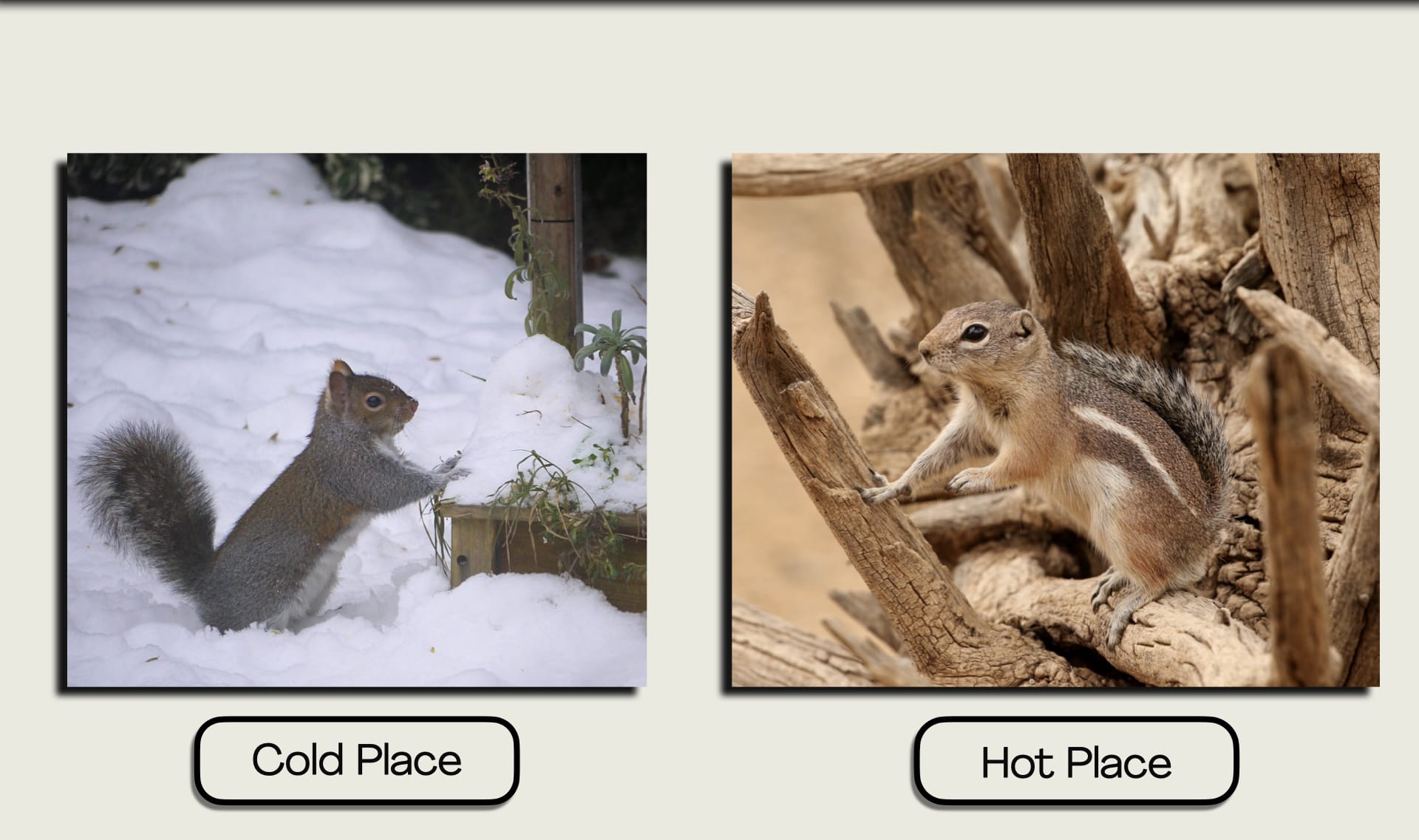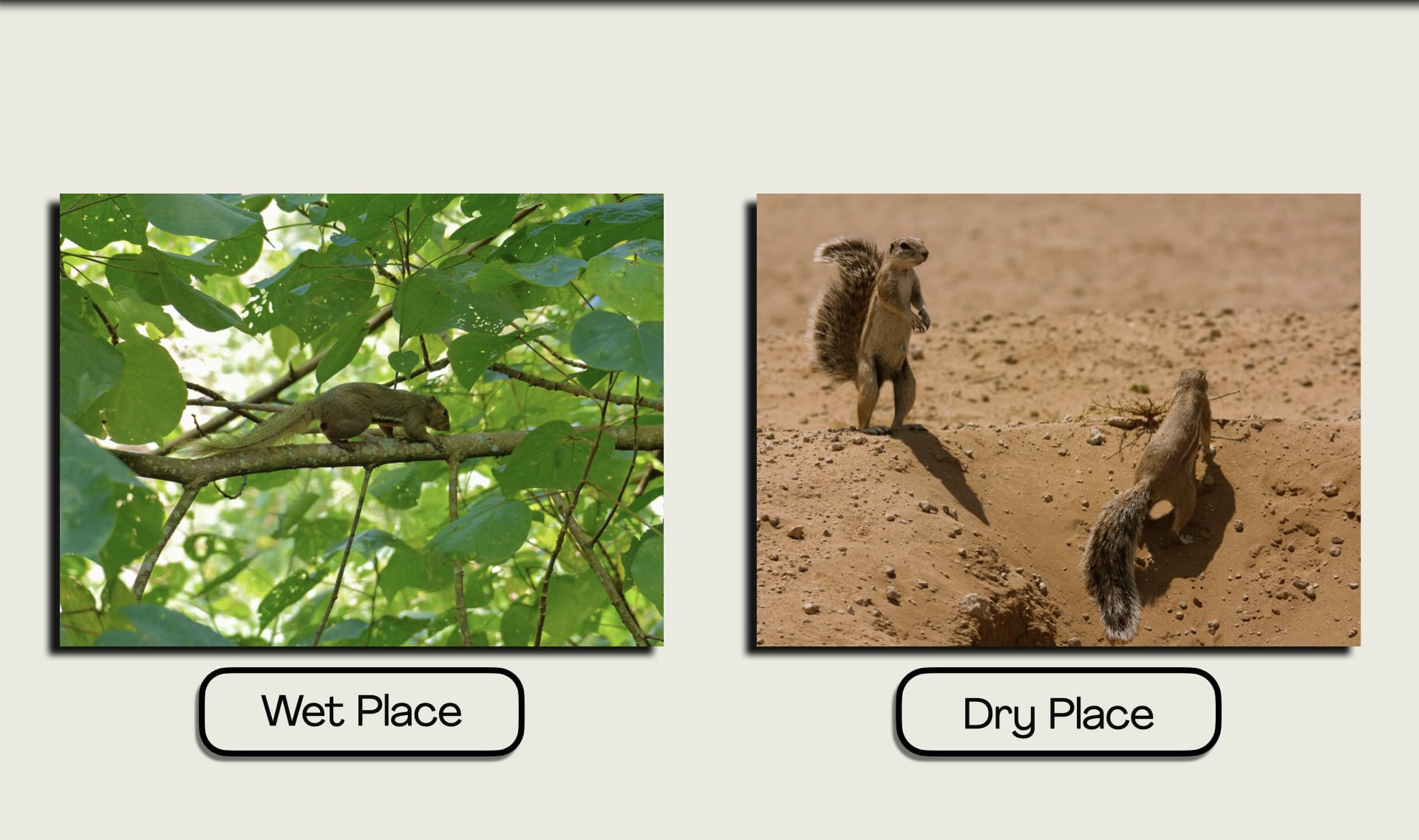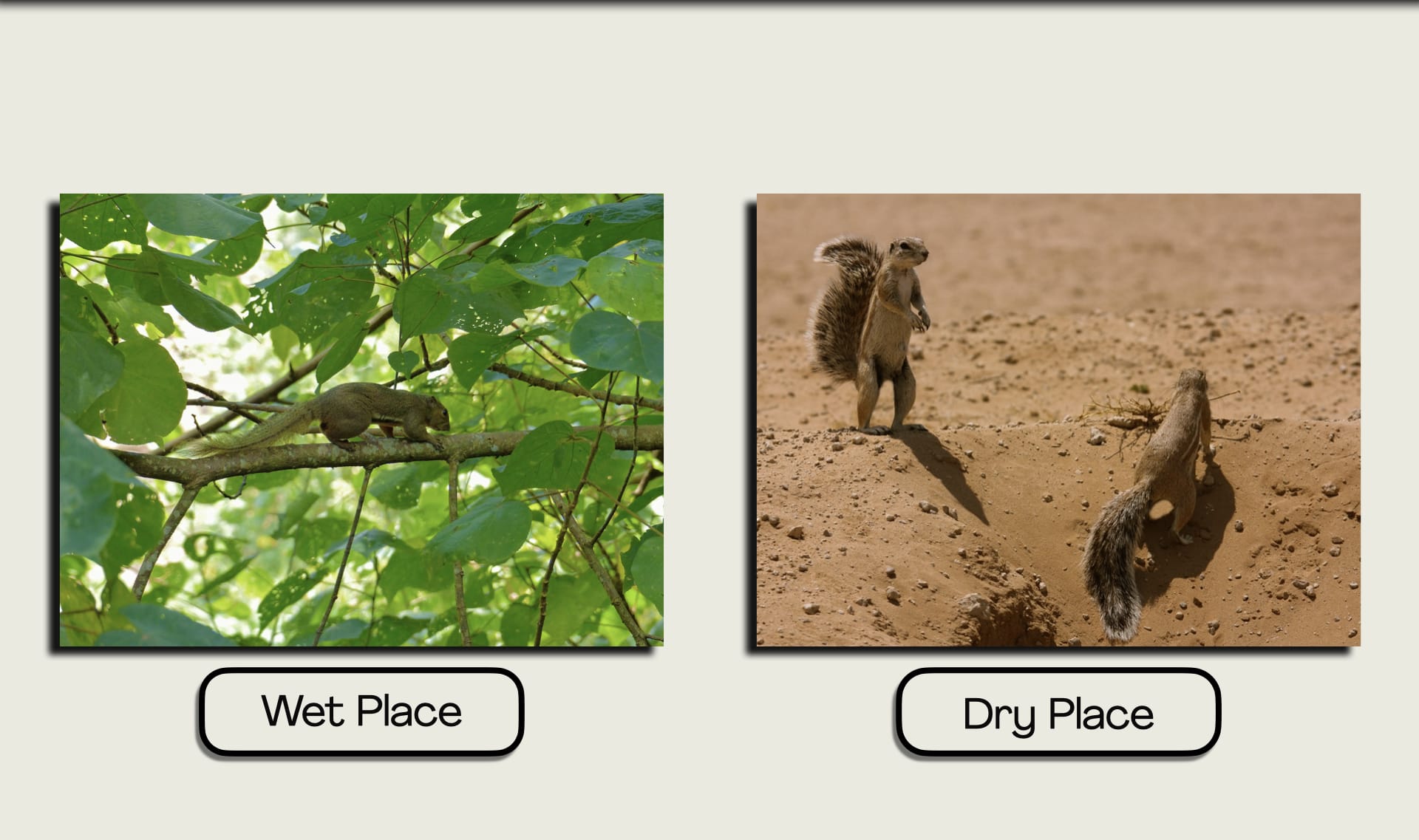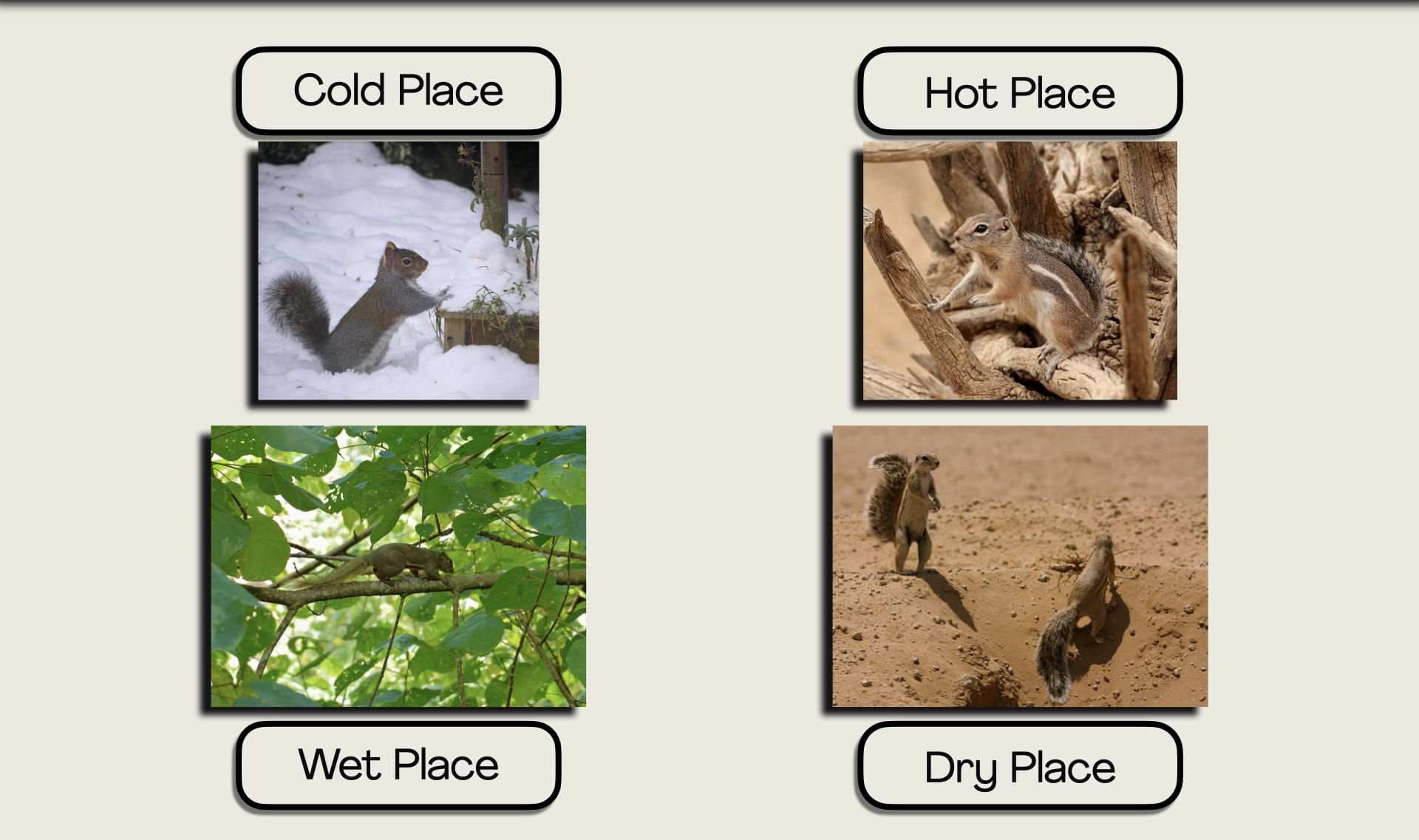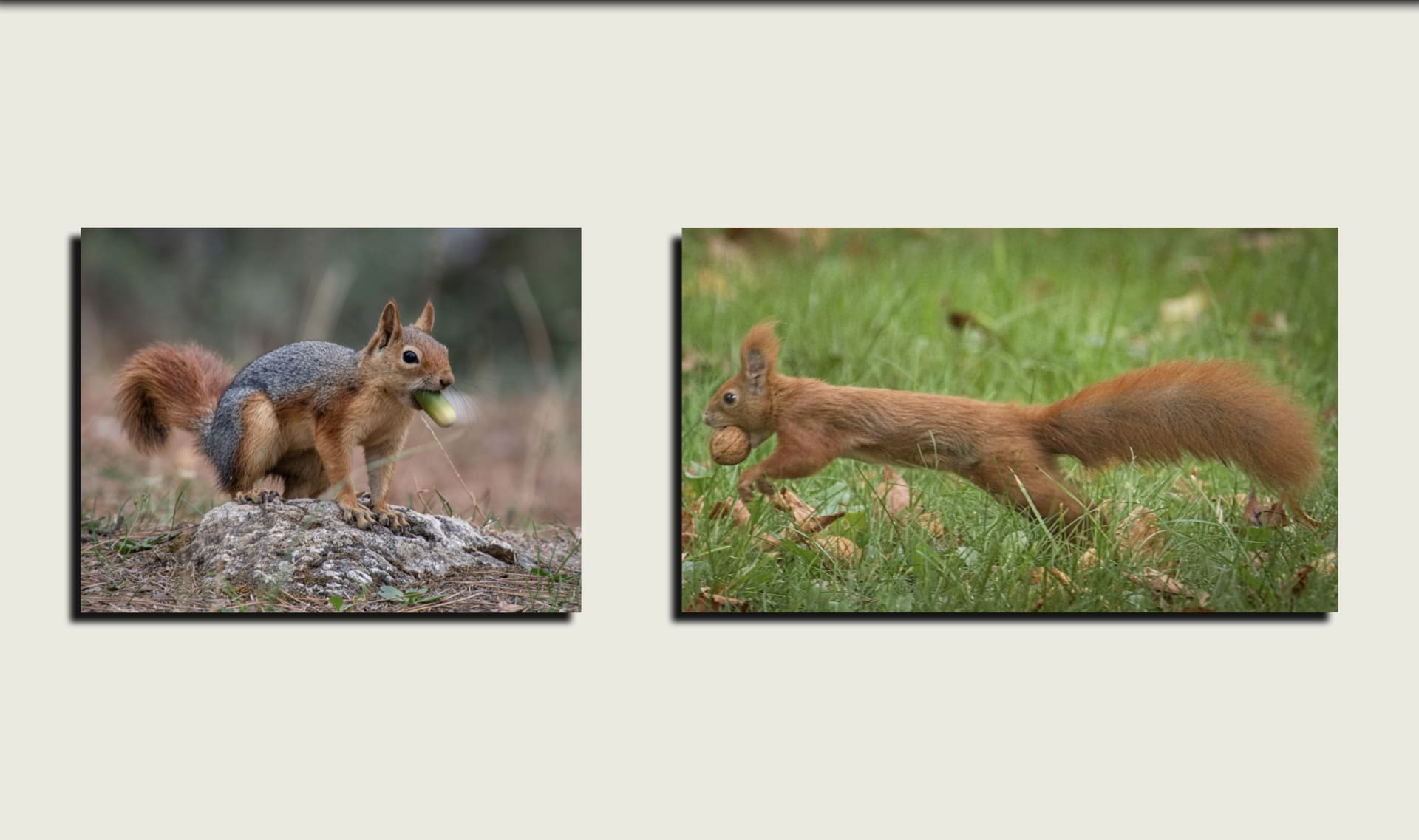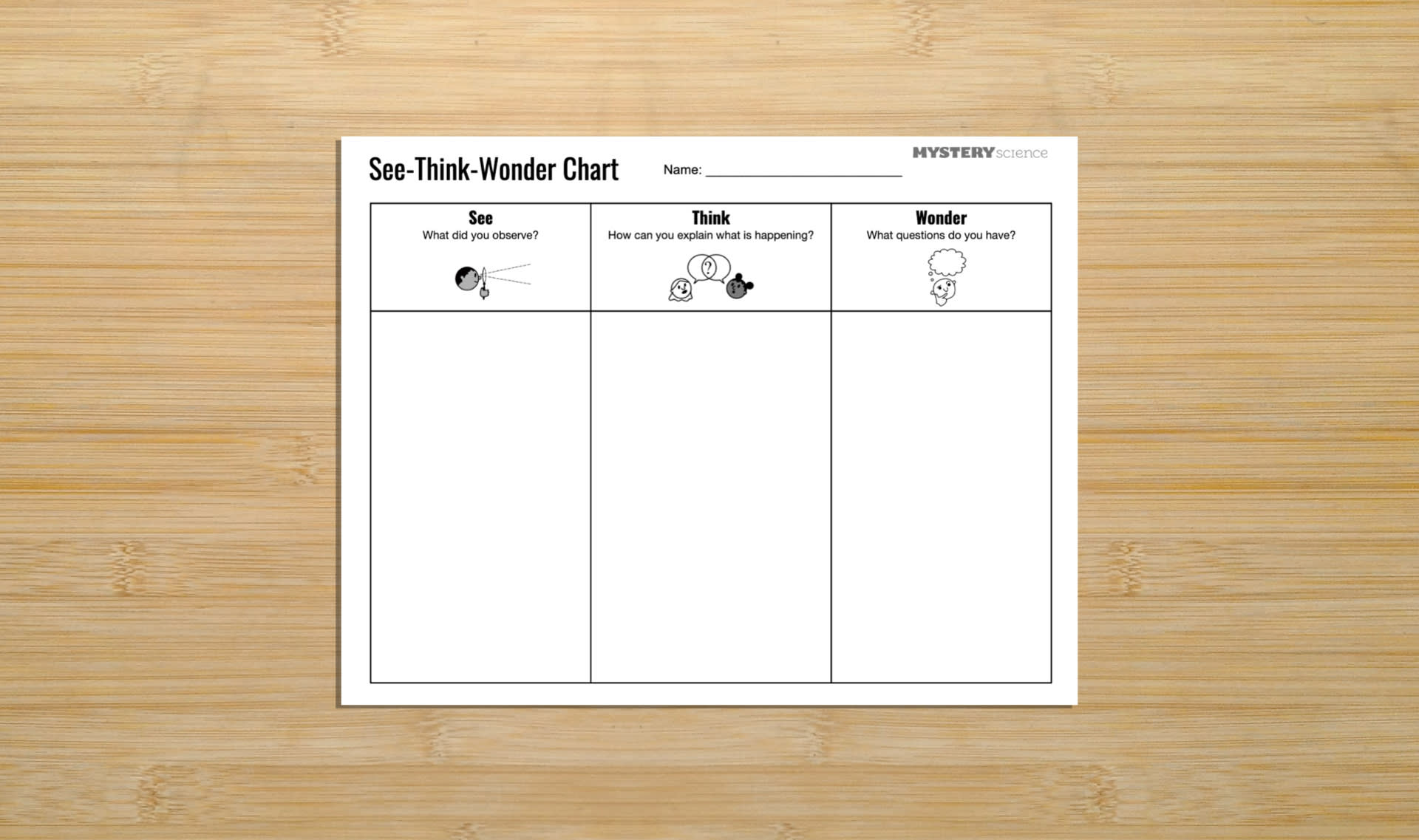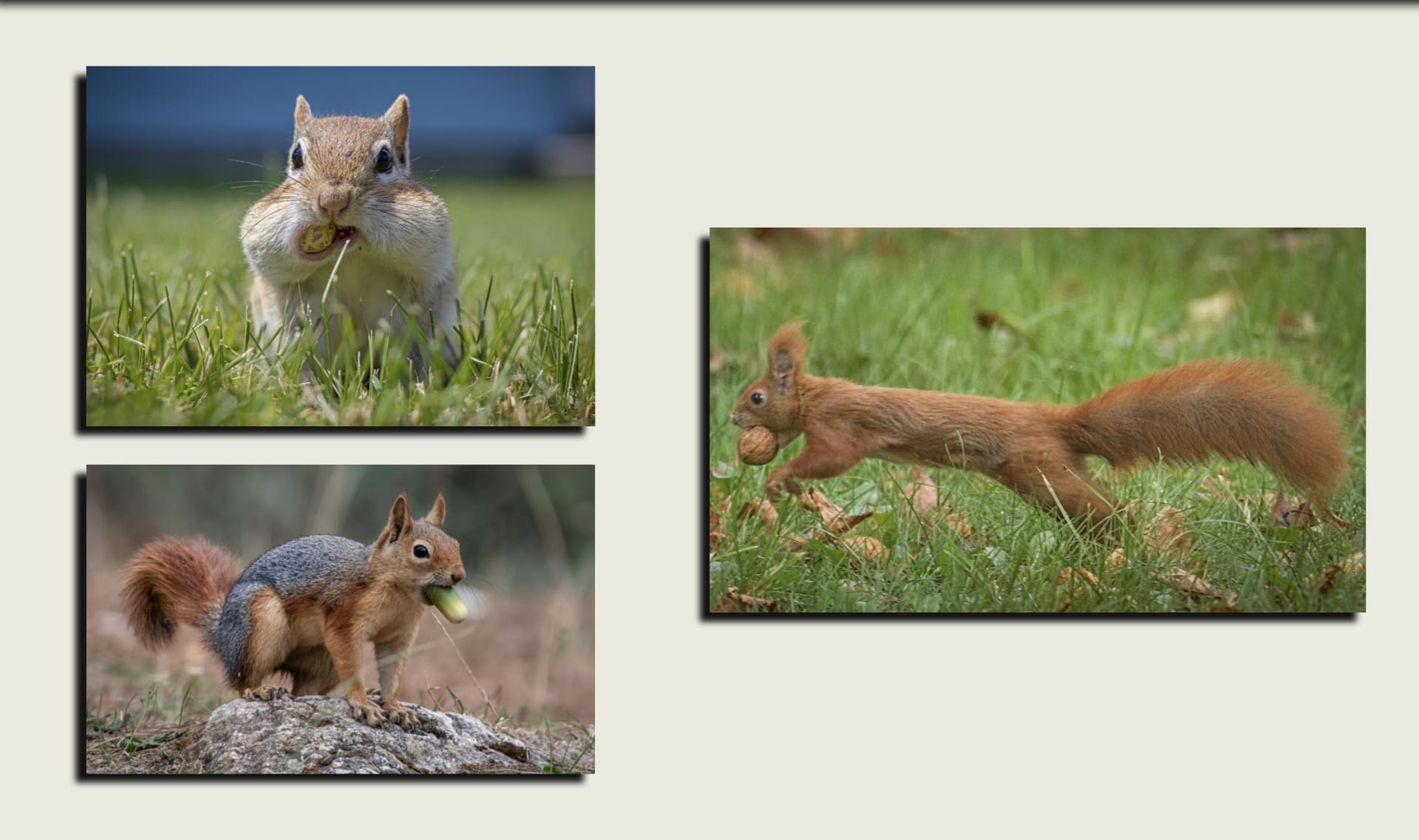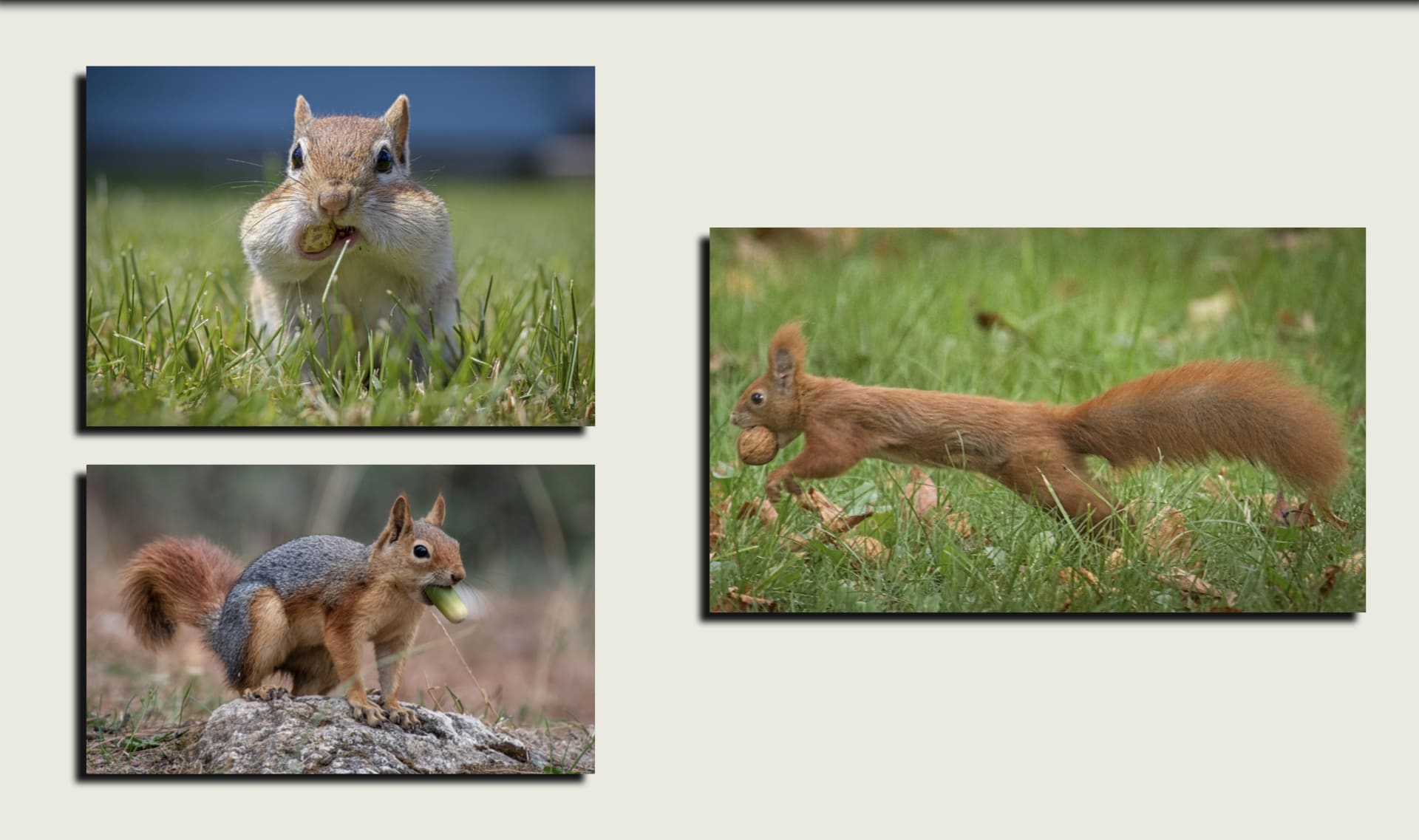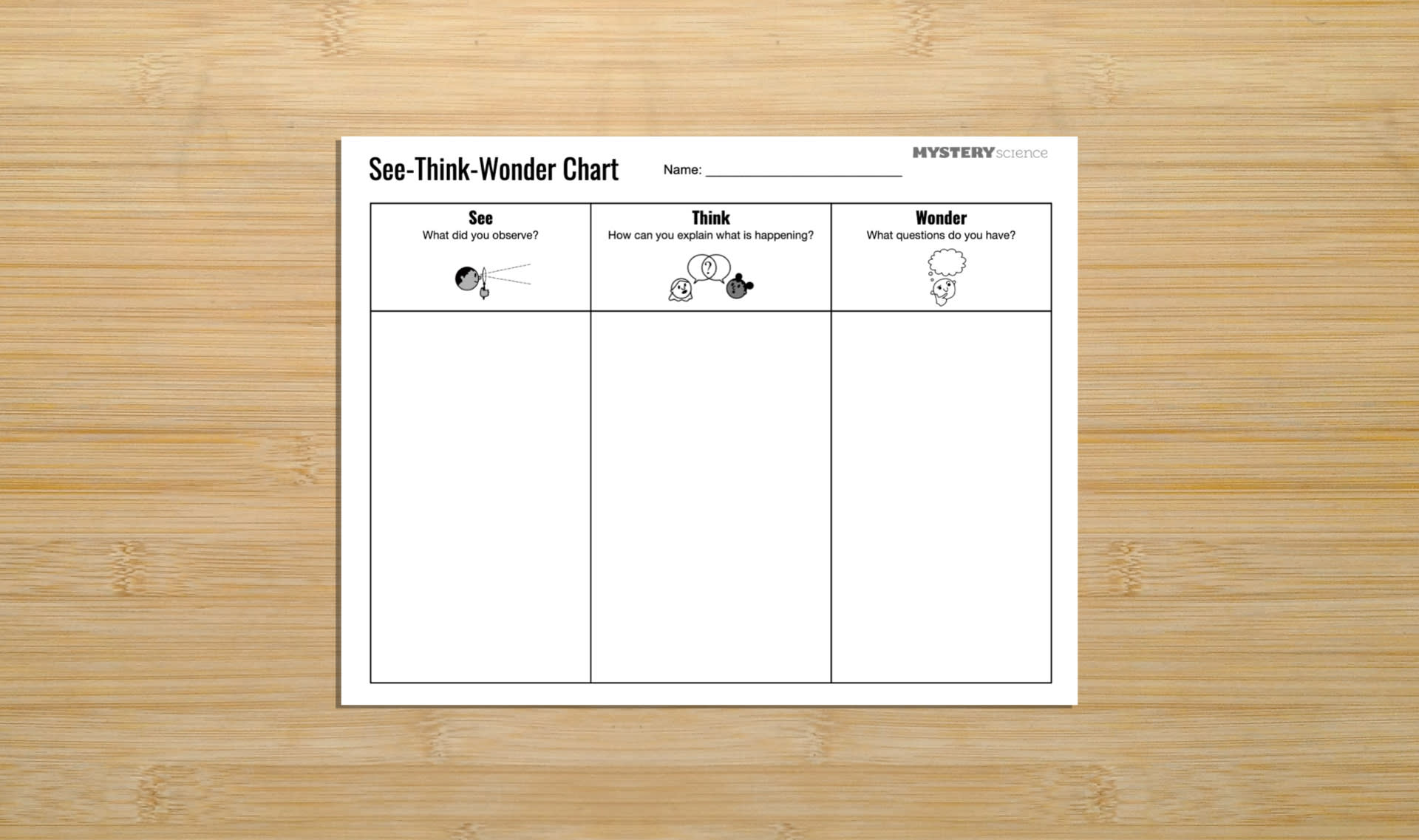Mystery Science respects the intellectual property rights of the owners of visual assets.
We make every effort to use images and videos under appropriate licenses from the owner or by
reaching out to the owner to get explicit permission. If you are the owner of a visual and
believe we are using it without permission, please
contact us—we will reply promptly and make
things right.
Other
A Chipmunk's Cheeks are Filled with Peanuts by
Fiona M. Donnelly
A ground squirrel is well camouflaged against the rocks. by
CampSmoke
A mother golden-mantled ground squirrel and her baby photographed in Nevada by
Sean R. Stubben
A squirrel with an acorn in its mouth on a stone by
hubulu
Adult golden mantle squirrel by
Judy Gallagher
Adult squirrel on branch by
Joachim Dobler
All illustrations by
Alex Kalomeris
Baby squirrel on branch by
Joachim Dobler
Bird with berry in beak by
Matt MacGillivray
Chipmunk Stuffing It's Face With Peanuts by
Jakelange
Chipmunk eating peanut by
Robert Bruce Anderson
Golden mantle squirrel baby by
Rebekah Hyde
Harris Antelope Squirrel on old wood watching for predators in the Arizona desert by
J Curtis
Plantain Squirrel (Callosciurus notatus) (15113225013) by
Bernard DUPONT
Red Squirrel Female Adult Young Black Hills Carrying Spring by
hdnaturefootage
Red Squirrel Female Adult Young Black Hills Newborn Baby Carry Spring by
hdnaturefootage
Squirrel Burying Food by
RDFilms
Squirrel Feeding After Deep Snowfall by
Jon Bondy
Squirrel Rummaging Through The Forest by
TheSceneLab
Squirrel Title Slide by
likeaduck
Squirrel camouflaged in branches by
Andrey Zharkikh
Squirrel camouflaged on a rock at the Grand Canyon by
Amber Conner
Squirrel camouflaged on tree by
Angela Layana
Squirrel climbing a tree with a walnut in its mouth by
gerd-harder
Squirrel hidden in the tree trunk, camouflage colors by
FCG
Squirrel in Snow by
Smabs Sputzer
Squirrel running with nut by
hedera.baltica
Squirrel with nut in mouth by
Ian Sane
Two adult ground squirrels in the hot desert sand, surveying the surroundings near their burrow entrance in the sand by
Terreblanche
